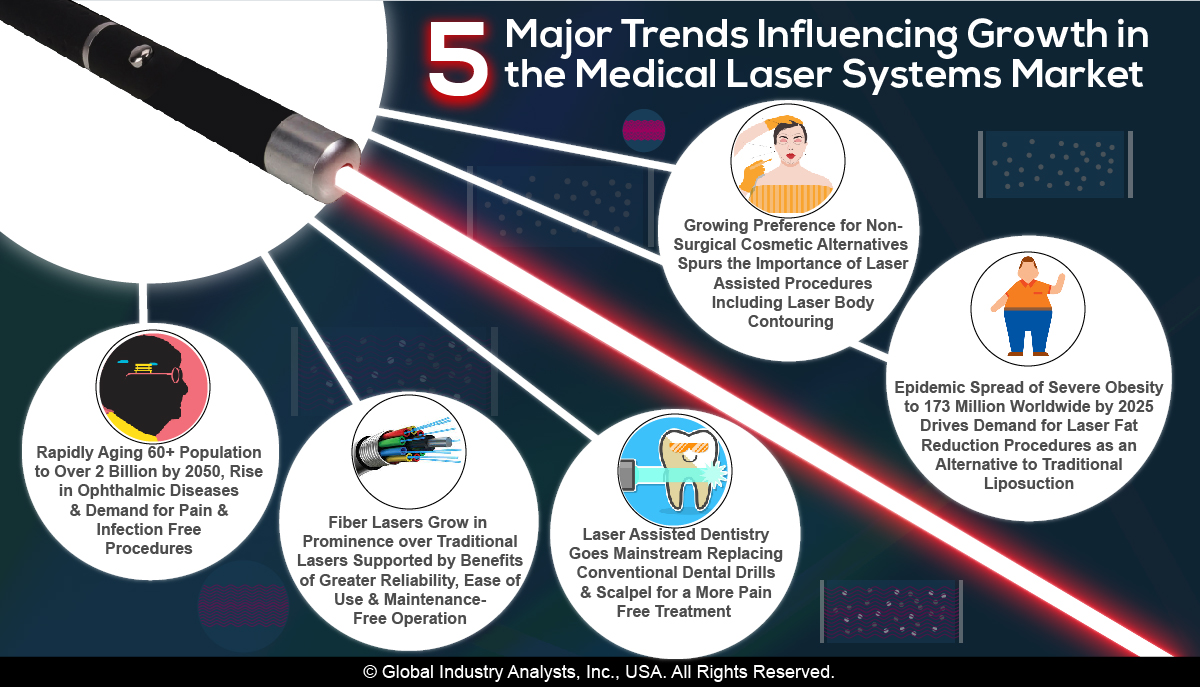Searching For Information On Refractive Lens Exchange? Discover Critical Understandings And Responses That Might Change Your Method To Vision Treatment
Searching For Information On Refractive Lens Exchange? Discover Critical Understandings And Responses That Might Change Your Method To Vision Treatment
Blog Article
Content By-Abildtrup Byers
If you're thinking about refractive lens exchange, you most likely have a great deal of questions. This procedure can alter exactly how you see the world, using advantages like lowered dependancy on glasses. However, it's vital to understand the procedure, threats, and that certifies as a good prospect. Let's discover these critical aspects so you can make an informed choice concerning whether RLE is right for you.
What Is Refractive Lens Exchange and How Does It Work?
Refractive lens exchange (RLE) is a procedure developed to change your eye's all-natural lens with a man-made one, correcting vision concerns like nearsightedness, farsightedness, or presbyopia.
Throughout the procedure, your cosmetic surgeon makes a little laceration in the eye, removes your natural lens, and inserts an intraocular lens (IOL) customized to your vision needs. How Safe Is Smile Eye Surgery takes about 15 to half an hour per eye and is done under local anesthesia.
You'll likely notice improvements in your vision virtually right away, though total healing might take a few weeks. RLE is particularly advantageous for those over 40 or with high prescriptions, providing a durable remedy compared to glasses or contact lenses.
Your eye care expert can assist identify if RLE is right for you.
What Are the Conveniences and Threats of Refractive Lens Exchange?
Choosing refractive lens exchange can bring about considerable renovations in your vision, however it is very important to consider both the advantages and threats prior to making a decision.
On the bonus side, this procedure can enhance your eyesight by fixing issues like presbyopia, nearsightedness, and hyperopia. For Cataract Surgery Which Lens Is Best appreciate minimized reliance on glasses or get in touch with lenses, which can considerably enhance their lifestyle.
Nonetheless, it's critical to consider possible risks. Difficulties can include infection, glare, or halos around lights.
There's additionally https://www.medgadget.com/2021/05/laser-vision-correction-market-2021-predominantly-boosted-with-cagr-of-7-9-by-the-rising-global-economy-cmi-revealing-industry-analysis-to-2027.html of overcorrection or undercorrection, which may call for extra treatments.
Who Is a Perfect Prospect for Refractive Lens Exchange?
If you're considering refractive lens exchange, it is essential to know whether you fit the account of an excellent prospect. Typically, you might be a great candidate if you more than 40, experience presbyopia, or have high degrees of nearsightedness or farsightedness.
It's likewise important that your vision is secure, indicating your prescription hasn't changed significantly in the past year. If you have cataracts or various other eye problems, you might gain from this procedure also.
However, certain factors, like unrestrained diabetes or autoimmune diseases, can invalidate you. To identify your candidacy, seek advice from an eye treatment professional who can assess your certain scenario and advise the best strategy tailored to your needs.
Verdict
In conclusion, refractive lens exchange can be a transformative option for boosting your vision, particularly if you're over 40 or have a high prescription. While the benefits are significant, it's critical to weigh the risks and seek advice from your eye care professional to identify if you're an excellent candidate. With the best information and guidance, you can make a notified choice and potentially delight in a life with decreased dependence on glasses.
